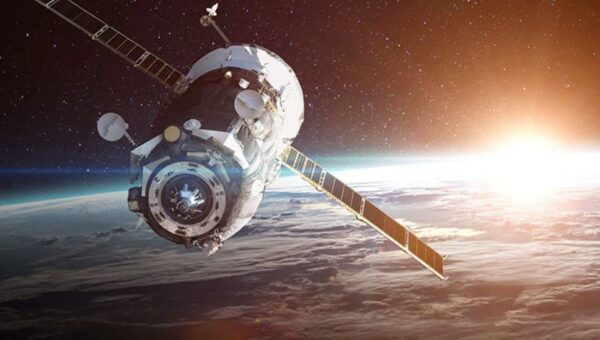Once again visible and continuing to spew vast amounts of radiation into space, the famed sunspot cluster AR3664 is responsible for the biggest geomagnetic storm in over 20 years.
On Monday, the Space Weather Prediction Center of the National Oceanic and Atmospheric Administration (NOAA) observed a solar flare emerging from the Sun’s southeast limb. The flare, rated as a powerful X2.8, was most likely caused by sunspot AR3664.
Solar flares are classified according to their strength, with the strongest being the X-class and the lowest being the B-class. The geomagnetic storm that occurred on May 10–12 was caused by a solar flare that was designated as X1.1. Due to the location of the eruption, NOAA warned that although the charged particles produced from the Sun this week would take some time to reach Earth, they could.
When AR3664 was last seen, it had expanded to a distance of around 124,300 miles (200,000 kilometers), and it was starting to rank among the Sun’s most active areas during this solar cycle. The sunspot was obscured from our view for about two weeks due to the Sun’s axis of rotation, but it has since reappeared.
Now, as it appears from the southeast of the Sun, the cluster is gradually rotating to face Earth once more (the eastern limb is the side of the Sun that is rotating into view from the perspective of the solar disk). After causing a solar storm on Earth, AR3664, sometimes referred to as Old AR3664 by stellar scientists, doesn’t seem to be slowing down.
NASA’s Solar Orbiter spacecraft saw an X12-class solar flare coming from the furious sunspot while it was still obscured from Earth’s view. According to Ryan French, a solar physicist at the National Solar Observatory, who wrote on X, the flare caused a massive coronal mass ejection on the side of the Sun that faces away from us.
Another solar storm could occur if the sunspot keeps releasing charged particles from the Sun’s surface. On the geomagnetic storm scale, the storm that happened earlier this month was rated as a G5, the strongest category. In addition to other technologies and infrastructure, the Sun’s radiation caused radio blackouts and disturbances in the electrical grid. Additionally, it produced auroras that lit up the night skies over a large portion of the planet in breathtaking colors.
In the upcoming weeks, we might witness additional auroras, but ideally the Sun won’t interfere too much with our priceless technology.








